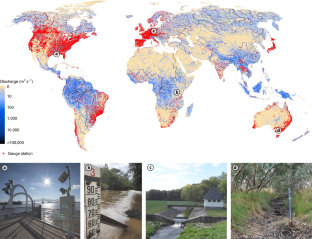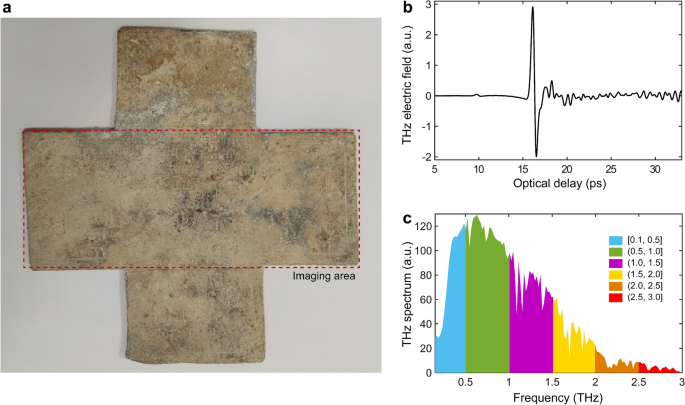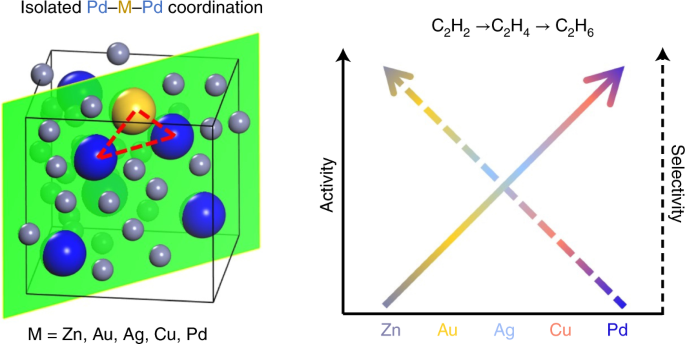河川を流れる水の量を測定する「流速計」の設置に着目した研究 Research focuses on placement of stream gauges — instruments that keep tabs on how much water is flowing through rivers and streams
2022-04-25 バッファロー大学(UB)
・この研究は、河川や小川の特定の場所を流れる水の量を記録する機器である流量計を対象としています。
・河川の計器は世界中の河川にまばらに設置されており、河川ネットワークの特性や人為的な影響の多様性を把握できていない可能性がある。
・保護区や非多年生の流況を特徴とする河川では、淡水保全や水安全保障に不可欠なゲージの分布はまばらである。
<関連情報>
- https://www.buffalo.edu/news/releases/2022/04/029.html
- https://www.nature.com/articles/s41893-022-00873-0
世界の河川計器ネットワークの配置バイアスの評価 Assessing placement bias of the global river gauge network
Corey A. Krabbenhoft,George H. Allen,Peirong Lin,Sarah E. Godsey,Daniel C. Allen,Ryan M. Burrows,Amanda G. DelVecchia,Ken M. Fritz,Margaret Shanafield,Amy J. Burgin,Margaret A. Zimmer,Thibault Datry,Walter K. Dodds,C. Nathan Jones,Meryl C. Mims,Catherin Franklin,John C. Hammond,Sam Zipper,Adam S. Ward,Katie H. Costigan,Hylke E. Beck &Julian D. Olden
nature sustainability Published: 25 April 2022
DOI:https://doi.org/10.1038/s41893-022-00873-0

Abstract
Knowing where and when rivers flow is paramount to managing freshwater ecosystems. Yet stream gauging stations are distributed sparsely across rivers globally and may not capture the diversity of fluvial network properties and anthropogenic influences. Here we evaluate the placement bias of a global stream gauge dataset on its representation of socioecological, hydrologic, climatic and physiographic diversity of rivers. We find that gauges are located disproportionally in large, perennial rivers draining more human-occupied watersheds. Gauges are sparsely distributed in protected areas and rivers characterized by non-perennial flow regimes, both of which are critical to freshwater conservation and water security concerns. Disparities between the geography of the global gauging network and the broad diversity of streams and rivers weakens our ability to understand critical hydrologic processes and make informed water-management and policy decisions. Our findings underscore the need to address current gauge placement biases by investing in and prioritizing the installation of new gauging stations, embracing alternative water-monitoring strategies, advancing innovation in hydrologic modelling, and increasing accessibility of local and regional gauging data to support human responses to water challenges, both today and in the future.



